-
 Bitcoin
Bitcoin $79,557.5233
-4.15% -
 Ethereum
Ethereum $1,621.4541
-9.44% -
 Tether USDt
Tether USDt $0.9994
-0.02% -
 XRP
XRP $1.9973
-6.12% -
 BNB
BNB $555.1591
-6.26% -
 USDC
USDC $0.9999
0.00% -
 Solana
Solana $107.9107
-9.44% -
 Dogecoin
Dogecoin $0.1520
-9.57% -
 TRON
TRON $0.2335
-1.80% -
 Cardano
Cardano $0.5889
-9.29% -
 UNUS SED LEO
UNUS SED LEO $8.8794
-1.87% -
 Toncoin
Toncoin $3.0652
-5.67% -
 Chainlink
Chainlink $11.5147
-9.14% -
 Stellar
Stellar $0.2400
-4.01% -
 Avalanche
Avalanche $16.3792
-8.68% -
 Shiba Inu
Shiba Inu $0.0...01137
-7.20% -
 Sui
Sui $1.9576
-11.41% -
 Hedera
Hedera $0.1433
-11.17% -
 Polkadot
Polkadot $3.7257
-5.27% -
 MANTRA
MANTRA $5.9545
-5.07% -
 Litecoin
Litecoin $72.7435
-11.51% -
 Bitcoin Cash
Bitcoin Cash $274.8473
-8.05% -
 Dai
Dai $0.9999
-0.02% -
 Ethena USDe
Ethena USDe $0.9986
-0.05% -
 Bitget Token
Bitget Token $4.1799
-5.82% -
 Pi
Pi $0.5983
1.73% -
 Monero
Monero $201.0669
-5.69% -
 Hyperliquid
Hyperliquid $10.4496
-11.56% -
 Uniswap
Uniswap $5.1916
-10.64% -
 OKB
OKB $50.4885
-2.17%
How to troubleshoot cloud server mining?
Effective cloud server mining troubleshooting involves identifying issues (connectivity, software, hardware), utilizing remote monitoring tools, and performing regular maintenance; understanding your provider's support is crucial.
Mar 21, 2025 at 04:42 pm
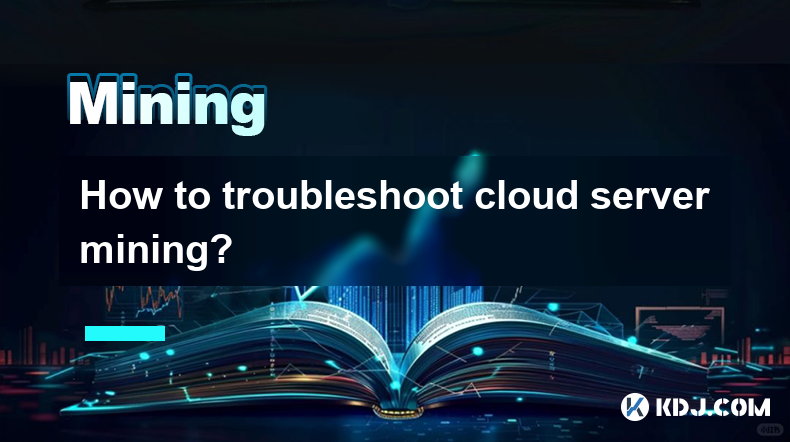
Key Points:
- Identifying the source of the problem is crucial for effective troubleshooting. This involves checking hardware, software, and network connectivity.
- Remote access and monitoring tools are essential for troubleshooting cloud servers.
- Common issues include connectivity problems, software malfunctions, and insufficient hashing power.
- Regular maintenance and updates minimize troubleshooting needs.
- Understanding your cloud provider's support resources is critical.
How to Troubleshoot Cloud Server Mining
Cloud server mining offers scalability and accessibility but introduces unique troubleshooting challenges. Issues can range from simple connectivity problems to complex hardware or software failures. Effective troubleshooting requires a systematic approach.
First, identify the problem. Is your mining software not running? Are you experiencing low hash rates? Is your server unresponsive? Pinpointing the specific issue narrows down the potential causes. Check your mining rig's logs for error messages – these often provide valuable clues.
Next, examine your hardware. Ensure your server's CPU, GPU, RAM, and network connection are functioning correctly. Check for overheating, which can significantly reduce performance and lead to crashes. Use remote monitoring tools to check temperatures and utilization levels. High temperatures often require adjustments to cooling systems or even hardware replacement.
Software problems are another common cause of mining issues. Ensure your mining software is up-to-date and correctly configured. Outdated software can have bugs that impact performance or stability. Incorrect configurations can prevent your miners from working optimally, or even prevent them from connecting to the mining pool.
Network connectivity is critical for cloud mining. A poor internet connection can significantly impact your mining performance, resulting in dropped connections and lost earnings. Test your network speed and stability using online tools. Ensure your server has a reliable and high-bandwidth connection to your mining pool. Firewall settings should also be checked to ensure they are not blocking the necessary ports.
Remote access tools allow you to manage and troubleshoot your cloud server remotely. Services like SSH (Secure Shell) provide command-line access, while remote desktop tools allow for graphical control. These tools enable you to monitor performance, check logs, and restart services without physically accessing the server.
Insufficient hashing power is a frequent concern. This could stem from several factors: underpowered hardware, inefficient mining software, or network issues. Consider upgrading your hardware, optimizing your mining software, or switching to a more efficient algorithm.
Regular maintenance is essential to prevent issues. This includes regularly updating your mining software, monitoring your server's hardware health, and backing up your data. Proactive maintenance minimizes the chances of encountering unexpected problems.
Understanding your cloud provider's support resources is crucial. Most providers offer documentation, FAQs, and support tickets. Familiarize yourself with these resources before encountering problems, and don't hesitate to contact support when needed.
Step-by-Step Troubleshooting Guide:
- Check your mining software logs: Look for error messages or warnings that indicate the problem's source.
- Verify network connectivity: Test your internet speed and check if your server can reach your mining pool.
- Monitor hardware temperatures: Use remote monitoring tools to ensure your server's components are not overheating.
- Update your mining software: Ensure you are using the latest version to benefit from bug fixes and performance improvements.
- Review your server's configuration: Check settings related to mining software, network connections, and security.
- Restart your mining software and server: A simple restart can often resolve temporary glitches.
- Contact your cloud provider's support: If the problem persists, seek assistance from their support team.
Common Questions and Answers:
Q: My cloud mining server is unresponsive. What should I do?
A: First, try to connect to your server via SSH or remote desktop. If you can't connect, there might be a network problem. Check your network configuration and internet connection. If the connection is fine, the server itself might be down. Contact your cloud provider's support.
Q: My hash rate is significantly lower than expected. What are the possible causes?
A: Low hash rates can result from various factors including: overheating hardware, outdated mining software, inefficient mining algorithms, network issues, or even malicious activity on the server. Check your hardware temperatures, update your software, and review your network connection.
Q: My cloud mining software keeps crashing. What steps can I take?
A: Software crashes often indicate bugs in the software, hardware issues (like overheating), or configuration problems. Check the software logs for error messages. Update your software to the latest version. Monitor hardware temperatures. If the problem persists, reinstall the software.
Q: How can I prevent future troubleshooting issues?
A: Regular maintenance is key. This includes updating your software, monitoring hardware health, backing up data, and proactively checking logs for potential problems. Also, ensure you have a robust and reliable internet connection.
Q: What are some common reasons for cloud mining server downtime?
A: Downtime can be caused by hardware failures, software errors, network issues, power outages at the data center, or even maintenance performed by your cloud provider. Always have a plan for handling downtime, including redundancy measures if possible.
Disclaimer:info@kdj.com
The information provided is not trading advice. kdj.com does not assume any responsibility for any investments made based on the information provided in this article. Cryptocurrencies are highly volatile and it is highly recommended that you invest with caution after thorough research!
If you believe that the content used on this website infringes your copyright, please contact us immediately (info@kdj.com) and we will delete it promptly.
- Pepe (PEPE) Weekly Performance Hints At Huge Surge
- 2025-04-07 04:15:13
- XRP Price Tanks 12.8% This Week — More Pain to Come?
- 2025-04-07 04:15:13
- XRP's Funding Rate Has Dropped to Negative 0.012%, a Level Last Seen When the Asset Traded Near $0.33
- 2025-04-07 04:10:13
- A major supply event is coming for the SUI token
- 2025-04-07 04:10:13
- Memecoin DEX PumpSwap Makes a Significant Impact, Attracting 700K Wallets and Facilitating 30M Swaps
- 2025-04-07 04:05:12
- Ronin Network (RON) Has Retraced Heavily This Year
- 2025-04-07 04:05:12
Related knowledge
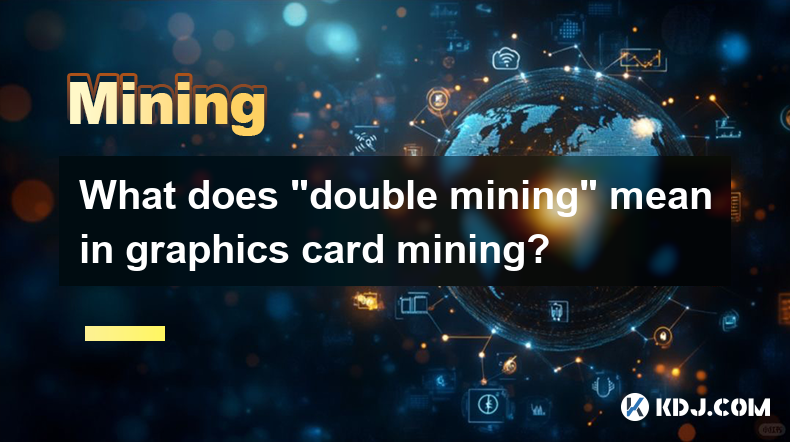
What does "double mining" mean in graphics card mining?
Apr 04,2025 at 08:35pm
In the world of cryptocurrency, the term 'double mining' refers to a specific technique used in graphics card mining to maximize the efficiency and profitability of mining operations. This method involves simultaneously mining two different cryptocurrencies using the same graphics card. The concept of double mining has gained popularity among miners who...
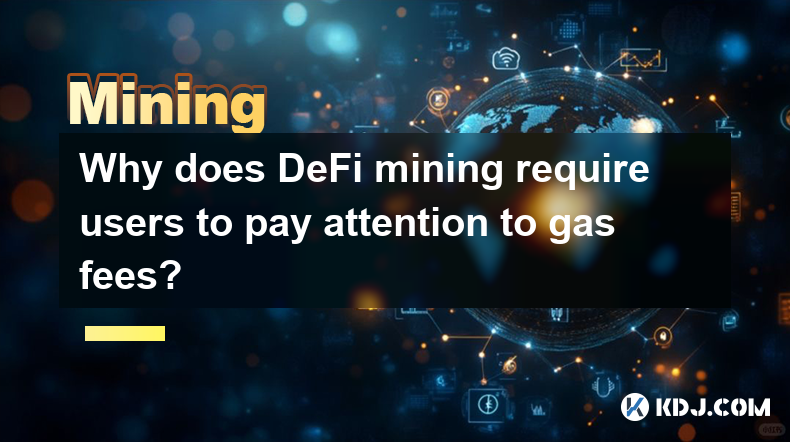
Why does DeFi mining require users to pay attention to gas fees?
Apr 05,2025 at 10:28am
DeFi mining has become a popular way for users to earn passive income in the cryptocurrency space. However, one aspect that users must pay close attention to is gas fees. Gas fees are transaction fees on the Ethereum network, and they play a crucial role in the DeFi mining process. Understanding why gas fees are important and how they affect DeFi mining...

What is the market prospect of CPU mining currency?
Apr 04,2025 at 09:14am
The concept of CPU mining currency has gained traction in the cryptocurrency community due to its accessibility and potential for decentralization. Unlike GPU or ASIC mining, which often requires significant investment in specialized hardware, CPU mining can be performed using standard computer processors. This makes it an attractive option for individu...
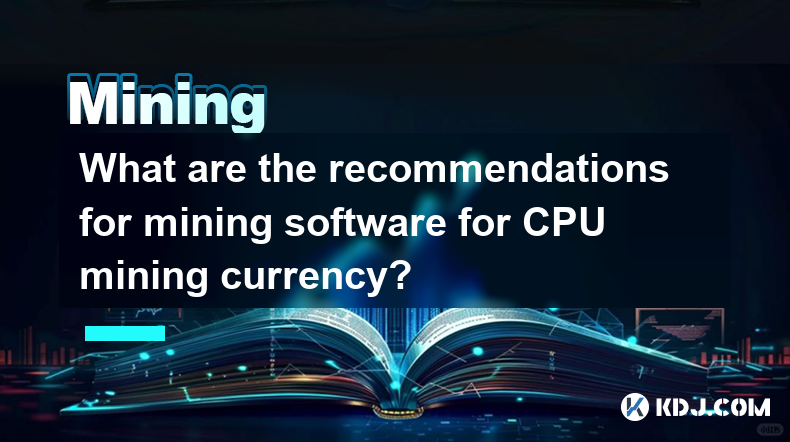
What are the recommendations for mining software for CPU mining currency?
Apr 05,2025 at 05:49pm
CPU mining, while less efficient than GPU or ASIC mining, can still be a viable option for mining certain cryptocurrencies. This article will explore the best software options available for CPU mining, providing detailed recommendations and insights into their features and performance. Understanding CPU MiningCPU mining involves using a computer's centr...
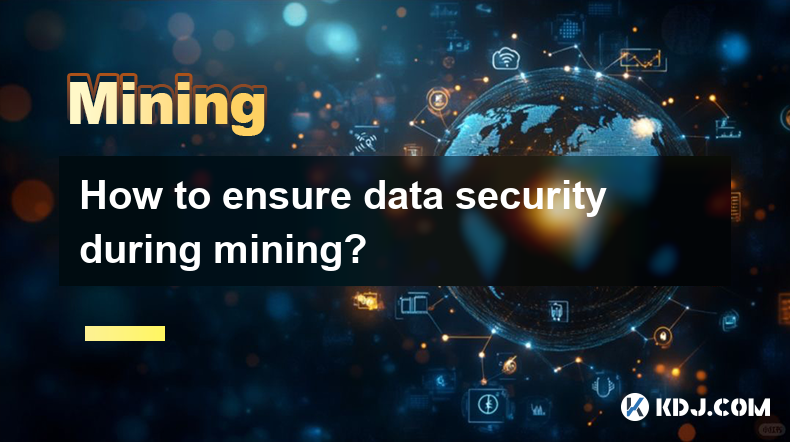
How to ensure data security during mining?
Apr 05,2025 at 08:28am
Ensuring data security during mining is crucial, as miners handle sensitive information and perform transactions that need to be protected against unauthorized access and cyber threats. This article will delve into various strategies and best practices to secure data during the mining process, focusing on the cryptocurrency sphere. Understanding the Ris...
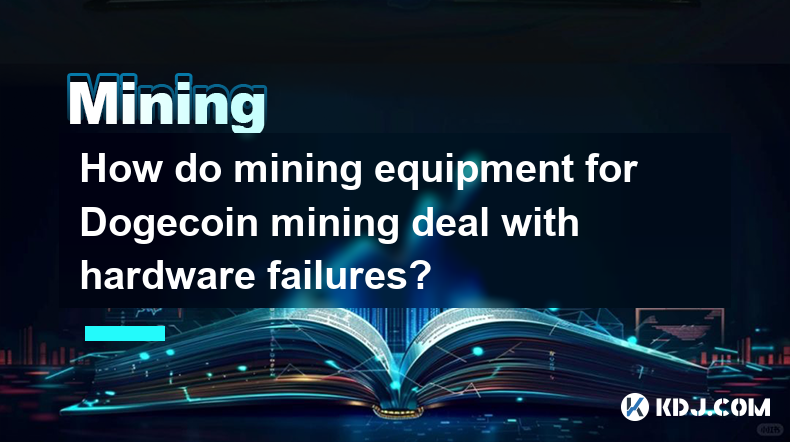
How do mining equipment for Dogecoin mining deal with hardware failures?
Apr 03,2025 at 09:15am
Dogecoin mining, like other forms of cryptocurrency mining, relies heavily on specialized hardware to perform the necessary computations to mine new coins. However, as with any technology, mining equipment can encounter hardware failures. This article will explore how mining equipment for Dogecoin mining deals with such failures, covering various aspect...

What does "double mining" mean in graphics card mining?
Apr 04,2025 at 08:35pm
In the world of cryptocurrency, the term 'double mining' refers to a specific technique used in graphics card mining to maximize the efficiency and profitability of mining operations. This method involves simultaneously mining two different cryptocurrencies using the same graphics card. The concept of double mining has gained popularity among miners who...

Why does DeFi mining require users to pay attention to gas fees?
Apr 05,2025 at 10:28am
DeFi mining has become a popular way for users to earn passive income in the cryptocurrency space. However, one aspect that users must pay close attention to is gas fees. Gas fees are transaction fees on the Ethereum network, and they play a crucial role in the DeFi mining process. Understanding why gas fees are important and how they affect DeFi mining...

What is the market prospect of CPU mining currency?
Apr 04,2025 at 09:14am
The concept of CPU mining currency has gained traction in the cryptocurrency community due to its accessibility and potential for decentralization. Unlike GPU or ASIC mining, which often requires significant investment in specialized hardware, CPU mining can be performed using standard computer processors. This makes it an attractive option for individu...

What are the recommendations for mining software for CPU mining currency?
Apr 05,2025 at 05:49pm
CPU mining, while less efficient than GPU or ASIC mining, can still be a viable option for mining certain cryptocurrencies. This article will explore the best software options available for CPU mining, providing detailed recommendations and insights into their features and performance. Understanding CPU MiningCPU mining involves using a computer's centr...

How to ensure data security during mining?
Apr 05,2025 at 08:28am
Ensuring data security during mining is crucial, as miners handle sensitive information and perform transactions that need to be protected against unauthorized access and cyber threats. This article will delve into various strategies and best practices to secure data during the mining process, focusing on the cryptocurrency sphere. Understanding the Ris...

How do mining equipment for Dogecoin mining deal with hardware failures?
Apr 03,2025 at 09:15am
Dogecoin mining, like other forms of cryptocurrency mining, relies heavily on specialized hardware to perform the necessary computations to mine new coins. However, as with any technology, mining equipment can encounter hardware failures. This article will explore how mining equipment for Dogecoin mining deals with such failures, covering various aspect...
See all articles





















































































